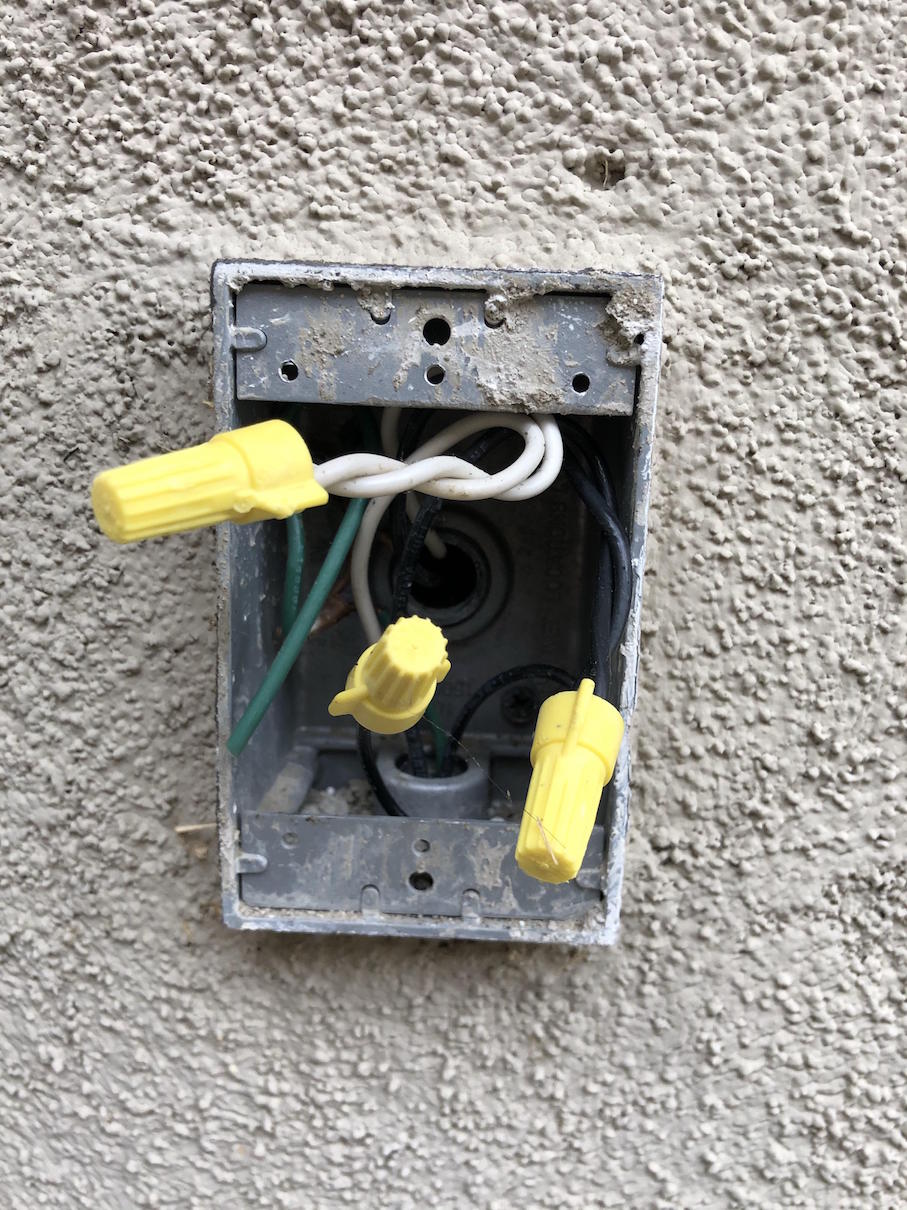That's because your wiring is in conduit, which is actually the deluxe way to do things.
I disagree with the advice you are getting regarding "hook the supply wires to LINE and the other wires to LOAD". You should not use LOAD at all, ever, unless you are doing a very specific thing, you know exactly what you are doing, and you comply with Code in doing it. That "thing" is extending GFCI protection to other outlets. You must label those outlets "GFCI Protected", which obviously requires that you know which ones they are lol.
Protecting random downlines-you-know-not-where seems like a "can't hurt, might help" sort of thing... but actually, it can go badly wrong several ways, and you don't have the experience to resolve those problems. It is likely to turn into a fiasco... Just avoid LOAD altogether as a general rule.
Those wires don't appear to be color-coded. My guess is you are looking at
2 whites = neutral (supply and onward)
2 blacks = always-hot (supply and onward)
Solo black = switched-hot
If there's a switch somewhere that appears to do nothing, that may switch this wire. (provision for Christmas lights?) Perhaps they wanted to give you the option of a "split receptacle" (one socket powered one not). That won't happen with a GFCI obviously, but you could choose whether to attach the GFCI to the unswitched or the switched wires.
So you'll be putting 1 or 2 wires on each LINE terminal... read the GFCI instructions for how to do that, and torque the screws HARD (preferably to spec with a torque screwdriver).


usually